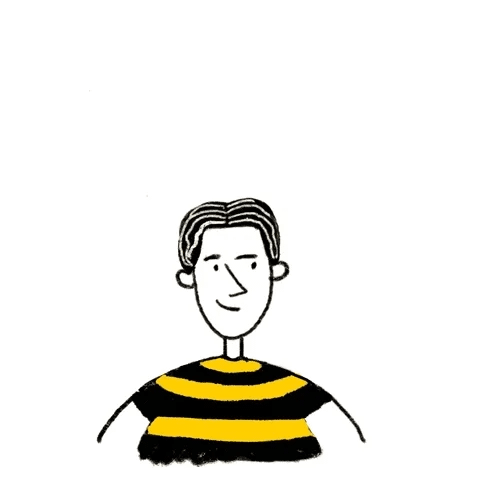Blurring the Lines: The Convergence of Tech and Creativity
Would you like to be featured in our newsletter🔥🚀? Simply reply to this email or send an email to editor@qunootmultimedia.news , and we can take it from there.
Welcome to the latest edition of Qunoot's Multimedia Newsletter! 🎉
In this issue, we explore the dynamic intersection of technology and creativity, offering insights into how developers, programmers, and creatives are embracing hybrid skills to thrive in a rapidly evolving digital landscape. From understanding the rising demand for technical fluency across industries to leveraging cutting-edge tools like AI and cloud computing, we dive into the trends shaping the future of work and innovation. Stay inspired and informed as we uncover the skills and strategies that will define success in 2025 and beyond. 🚀
🤖 ZebraCat AI – Revolutionize Your Editing Process
Discover the future of video editing with ZebraCat AI. Automate tedious tasks and enhance your creativity with cutting-edge AI technology.
Use code QUNOOT for 15% off all payments within the first 6 months!"
The Evolving Landscape of Digital Innovation
In an era marked by rapid technological advancement, the traditional boundaries between technical and creative roles are becoming increasingly blurred. A recent report by LinkedIn reveals that job postings requiring both technical and creative skills have increased by 25% over the past two years. This convergence underscores the growing recognition of the symbiotic relationship between technology and human ingenuity. As developers and programmers delve deeper into the realm of design, and creatives embrace coding and AI tools, a new era of innovation is emerging.
Developers as Designers
Developers and programmers are no longer confined to the realm of code. They are increasingly adopting design principles to create user-friendly and visually appealing interfaces. By understanding the nuances of user experience (UX) and user interface (UI) design, developers can craft digital products that are not only functional but also aesthetically pleasing.
Example: Tools like Figma and Webflow are empowering developers to transition into design-focused roles, enabling them to prototype and build sophisticated interfaces without traditional design training.
Emerging Trend: The rise of low-code and no-code platforms like Bubble and Adalo is democratizing app development, allowing developers to focus on user-centered design.
Creatives as Coders
On the other hand, creatives are leveraging coding and AI tools to amplify their work. Artists, designers, and writers are exploring the potential of generative AI to create unique and innovative content.
Example: Platforms like Processing, p5.js, and Runway ML allow creatives to experiment with code-based art and interactive storytelling.
Emerging Disciplines: New fields such as generative art and interactive storytelling are reshaping how creativity is expressed in the digital age.
The Benefits of a Multidisciplinary Approach
The blurring of lines between technical and creative roles offers numerous benefits:
Enhanced Innovation: Combining technical expertise with creative thinking leads to more innovative solutions for complex problems.
Improved User Experience: Multidisciplinary teams design products that are both functional and visually appealing.
Increased Efficiency: Automation and streamlined workflows save time and resources.
Greater Flexibility: A hybrid skill set enables adaptability to changing technological landscapes.
The Challenges of Hybrid Roles
While the convergence of creativity and technology is exciting, it also presents challenges:
Skill Overload: Professionals may feel pressured to master too many disciplines at once.
Collaboration Hurdles: Teams must learn to integrate diverse skill sets effectively.
Organizational Support: Companies must invest in training and resources to help employees transition into hybrid roles.
The Future of Work
As the lines between technical and creative roles continue to blur, individuals must develop hybrid skill sets to thrive in the digital age:
For Developers:
Learn design tools like Adobe XD or Sketch.
Dive into UX/UI principles to better understand user-centered design.
For Creatives:
Explore coding languages such as HTML, CSS, and JavaScript.
Leverage AI tools like DALL·E and ChatGPT to augment creative workflows.
Organizations, in turn, should foster a culture of collaboration and innovation by bringing together diverse teams of developers, programmers, and creatives to achieve common goals.
Final Thoughts
The convergence of technology and creativity is reshaping the way we work and innovate. By embracing this trend, individuals and organizations can unlock new possibilities and drive the future of digital innovation.
How do you see the convergence of tech and creativity shaping your industry or role? What tools or strategies are you exploring to adapt? Share your thoughts and join the conversation!



